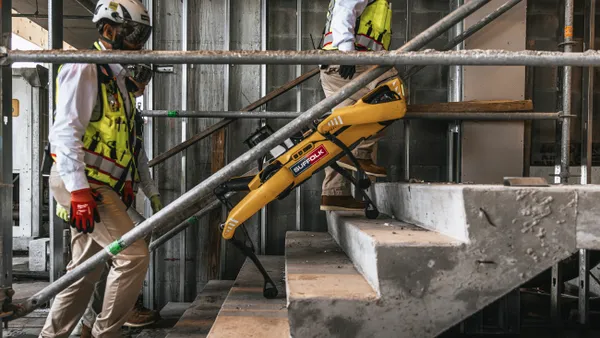Dive Brief:
- General contractor Tutor Perini Corp., in a letter published in the San Francisco Examiner, countered San Francisco Municipal Transit Authority allegations that it is responsible for delays to the authority's $1.6 billion Central Subway project. The new rail line, which was supposed to be complete in December 2018, is now scheduled to finish up late this year.
- Tutor Perini said that schedule-killing disputes between it and the SFMTA can “virtually all” be attributed to the authority’s flawed design, the agency's “untimely and inept attempts” to fix them and project mismanagement. Tutor Perini also accused the SFMTA of misleading an independent oversight consultant about these issues and of failure to pay in full for the extra work performed due to the authority’s changes.
- Despite issues with the authority, Tutor Perini said it has continued to meet its obligations on the project by working around areas with design errors and by proceeding without full payment.
Dive Insight:
One dispute between Tutor Perini and the SFMTA has to do with the installation of what the authority said was the incorrect type of track. The SFMTA ordered Tutor Perini and its subcontractor Con-Quest Contractors to replace 3.2 miles of standard strength steel with one of two varieties of high-strength track at their own expense. The standard-strength track wasn’t a safety issue but could affect longevity, according to the authority.
Both Tutor Perini and Con-Quest claim that the high-strength track replacement, as per the authority’s request, was not included in the project specifications and would likely add $2.6 million to the price tag.
The Examiner later obtained project documents — including a joint check agreement for the purchase of track — that seemed to indicate that the authority knew Tutor Perini and Con-Quest planned to use standard-strength steel.
In order to reduce these kinds of disputes during the course of a public construction project, the controlling authority, if allowed by state law, sometimes elects to hire a design-build contractor rather than use the design-bid-build method. The latter will see the authority develop a set of plans and specifications and then let contractors submit bids according to those documents. As construction gets underway, the low bid often turns into a more expensive proposition as design errors discovered along the way must be addressed, adding costs to the bottom line and time to the schedule.
However, when the lead contractor — and sometimes major subcontractors — become involved in the project during the design phase, conflicts can often be identified before field work begins, saving time and money and avoiding the type of disagreements in which Tutor Perini and the SFMTA find themselves.














